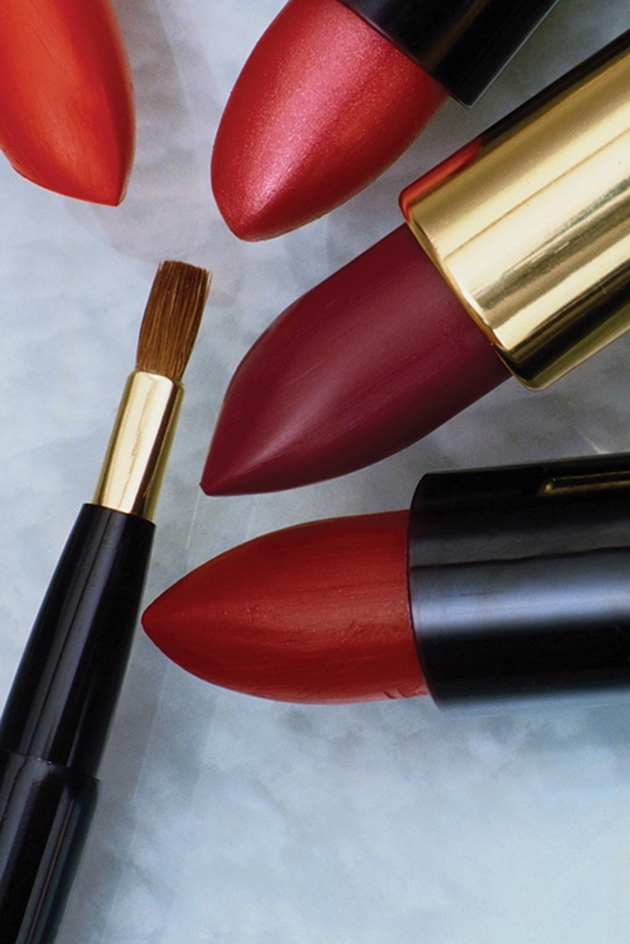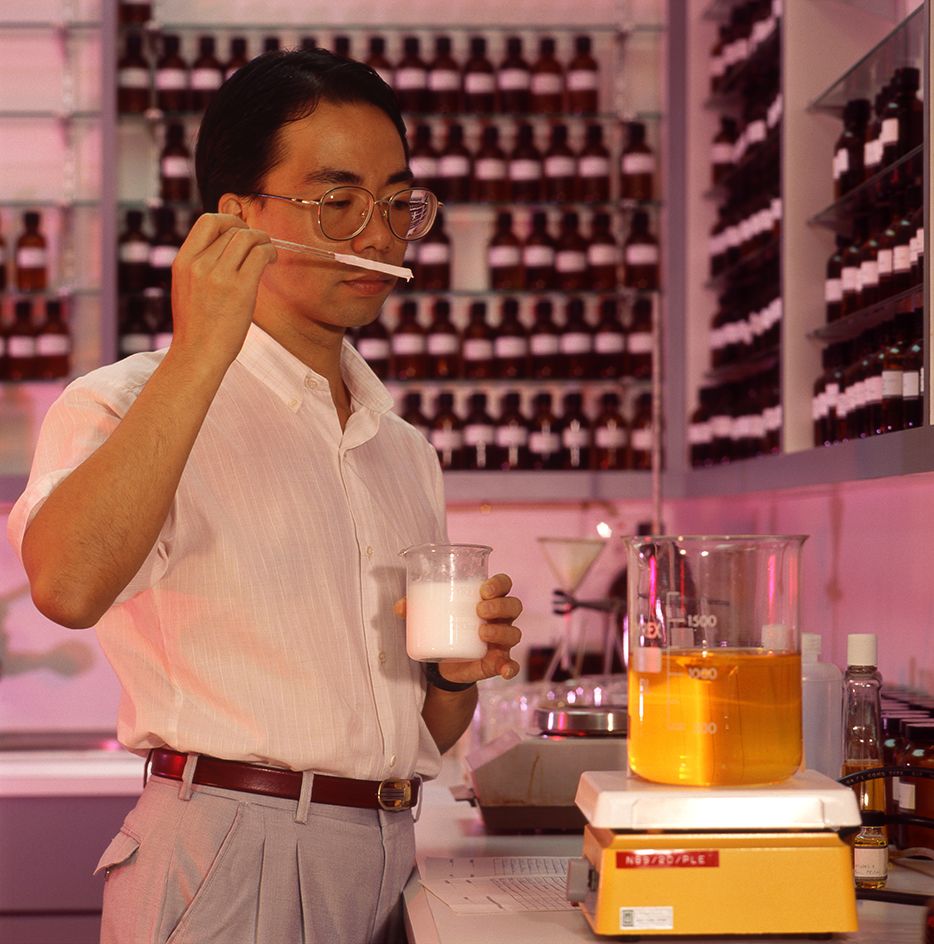Cosmetics are substances applied to a person’s body to cleanse, promote attractiveness, or alter the appearance. Cosmetics include underarm deodorants, face powder, lipstick, nail polish, perfume, skin creams, most shampoos, and some toothpastes.
Hundreds of thousands of ingredients are used in the manufacture of cosmetics. They include alcohols, alkalis, detergents, dyes, glycerol, oils, talc, and waxes. The study of cosmetics and their uses is called cosmetology.
Kinds of cosmetics.
Most cosmetics can be classified into four main groups, according to the part of the body for which they are used: (1) skin, (2) hair, (3) nails, and (4) mouth.
Skin cosmetics
include such makeup as blushes, rouge, face powder, foundations, and lipstick. Also in this group are eyeliners, eye shadow, and mascara. These types of makeup are applied around the eyes and are sometimes referred to as eye cosmetics. Other skin cosmetics include bubble baths, cold cream, underarm deodorants, foot powder, hair-removal substances, perfume, shaving cream, moisturizers, and sunscreen.

Hair cosmetics
include hair conditioners, mousses, sprays, styling gels, straighteners, and permanent waves. Such hair-coloring products as dyes and bleaches are also hair cosmetics, as are shampoos that do not contain antidandruff ingredients.
Nail cosmetics.
Nail polish and cuticle softeners are the chief products in this group.
Mouth cosmetics,
or oral cosmetics, include toothpastes and other substances that clean the teeth and gums. Mouthwashes and sprays are also oral cosmetics.
Other cosmetics.
Performers in motion pictures, television, theater, and circuses wear special cosmetics that must withstand the heat from powerful lights without melting or running. Many people use special medicinal cosmetics to conceal birthmarks, scars, or other skin blemishes.
Cosmetics regulations.
The governments of many countries require that cosmetics be safe and properly labeled. Some regulations require cosmetics manufacturers to list on each package the names of the ingredients used in the product, in order of descending concentration.
In the United States, the Food and Drug Administration (FDA) regulates cosmetics. The FDA classifies as a cosmetic any product whose purpose is to improve a person’s appearance. If a product also is intended to prevent disease or to affect any body structure or function, the FDA considers it both a cosmetic and a drug. The cosmetics industry sometimes refers to such products as cosmeceuticals. Among such products are antidandruff shampoos, toothpastes that contain fluoride, and antiwrinkle creams.
History.
Men and women have used cosmetics for thousands of years. The ancient Egyptians applied perfumes and anointing oils to the body as early as 4000 B.C. They used these cosmetics for decoration; for protection against the hot, dry climate; and for religious reasons. The Egyptians, Greeks, and Romans made cosmetics from plants. They also used powdered minerals to make face and eye makeup and hair dyes.

By the A.D. 1100’s, the use of cosmetics had spread to Western Europe. Africans of about the same period painted their bodies for war and for ceremonies. In North America, the first cosmetics were animal fats used by Indians long before Europeans arrived. The Indians applied these substances not only as a base for body paint but also as protection against insects and the cold.
By the early 1900’s, most people used only such basic cosmetics as face powder, rouge, and shampoos. Demand for a wider variety of cosmetics grew tremendously after the 1930’s, as did widespread advertising and promotion of these products.
